“I want the audience to have a sensory experience”: Pablo Berger on Robot Dreams
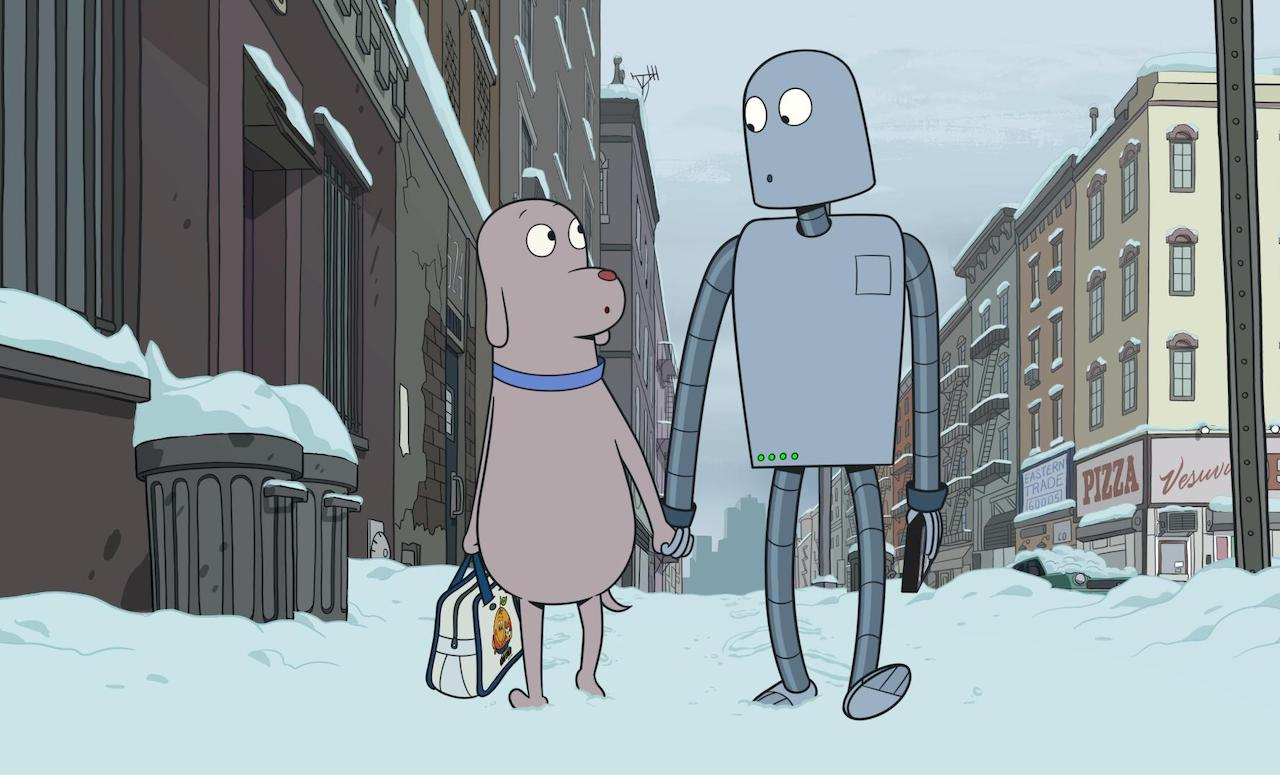
Pablo Berger’s adaptation of Sara Varon’s popular comic Robot Dreams is an emotional, heart-warming and humorous account of friendship. The film follows the life of a dog consumed by the loneliness and magnitude of New York City. After grappling with these complex emotions, he orders a robot for companionship.
The Upcoming had the pleasure of hearing from the seasoned director during London Film Festival 2023 as he discussed his latest animation, his relationship with New York, and all things Earth, Wind and Fire.
Congratulations on Robot Dreams, it is a fantastic animation. How are you finding London Film Festival?
Thank you. Robot Dreams is my baby, and I am happy to be in London. London Film Festival is my favourite because it has been loyal; I have had four films shown here. I’m looking forward to showing this film to the audience of this festival.
I’m sure audiences will be excited to watch it. Can you share with us what viewers can expect from Robot Dreams?
First of all, I hope that a wide audience will come to see it; I want children, cinephiles, and the couple that goes once a week to the multiplex to be entertained. I want to connect and what I really want is for viewers to have a great time. I want each different audience member to get their own layer from the film. For example, I think children will like this film but for cinephiles, there are plenty of easter eggs and homages to cinema. The other type of audience I hope will enjoy the emotional ride.
Absolutely – there are many references to cinema throughout. What were your main inspirations for Robot Dreams?
To write the film, and when we were doing the storyboard for the script, it was Chaplin and Buster Keaton. We wanted to tell a story without words, so we had to look at the masters because I was just an apprentice. Their movies greatly inspired me and if I think about animation, I have to think about Japan, particularly Miyazaki and Takahata. These are two masters; they deal with emotions and they tell a complicated story in a very simple way. Their artwork is fantastic, and their style is rarely achieved in other films. Most animation is comedy and action, which I love, but I wanted to tell a more adult story that deals with emotions and in that case, I had to turn to these two great masters.
Animation can sometimes be dismissed as a genre for children. Robot Dreams manages to break that boundary by inviting all types of audiences. It is a film full of emotion – how important was it for you to centre emotion in the plot?
I agree with you. When I was a kid, I remember the day my parents took me to see ET. I love that film so much. I love the idea that in the same cinema, you have kids, adults, cinephiles and people from all different social backgrounds – I like the idea that animation can bring people together in a cinema. The only reason to make this film was to connect with other people. The theme of the film is relationships, loss and how memory helps you to connect with people who are no longer with us anymore. In Robot Dreams, this is more abstract because we do not have dialogue and so I would like to think that the audience can complete this film by having more of a sensory experience rather than an intellectual one.
In Robot Dreams, we are in New York in the 1980s, it feels so real. How important was it for you to create an authentic New York?
Oh, it was extremely important. For me, the protagonists of Robot Dreams are Dog, Robot, and New York. I lived in New York for ten years, I studied film in New York, and I met my wife and closest collaborator in New York. For us, we wanted to make a homage to the city that we love but we wanted to make sure every single detail was right. For us, it was a period movie that reflects a New York that has disappeared. It is a New York that has vanished – not only the skyline but the landscape and how Manhattan has changed. It is a different New York and I like the idea that people who did not experience that version of New York can travel back in time.
There is an obvious love story between Dog and Robot, platonic or romantic, but it does feel like a love letter to New York. Were there any specific elements you felt you must include in this homage?
Yes – I consider myself like the dog in the film. This is one of my most personal films. I have been lonely in the big city and I know what it is to fall in love, and I know what it means to have my heart broken. On the other side, I know what it means to fall in love again and to let go. I am at a certain age; I have experienced things in life and so I feel very close to the New York I have created. To be specific, I can tell you that the apartment that the dog lives in was my last apartment in New York: the address, the outside of the building and the view from my window. My wife and I love to go to Central Park, Coney Island and Chinatown. I could put up a map of New York and pin each part of the film to it.
It is impossible to talk about Robot Dreams without mentioning the lack of dialogue and the incredible soundscape that you created. How difficult was it for you to master the sound of the film?
I am glad that you have asked about this because sometimes when we talk about film we only talk about the image. In this, the sound is as important, if not more, than the image. We worked for eight months with the sound designer and we researched how New York sounded in the eighties. The police sirens have changed, and the ambulances sounded different – many sounds have changed so we had to research to bring the real sound experience. Also, sound in animation is much more difficult than in live action because in live action you have the dialogue and recorded sound but in animation, every single sound has to be recorded and added. It was very elaborate, but it was worth it because it created a third dimension.
Did you struggle at all with taking a two-dimensional graphic novel and making it three-dimensional for cinema?
It was a challenge, it really was. The graphic novel is very simple, as Sara Varon works alone. The city is not a protagonist in the comic. When you make an animated film, you have over 100 people working on it, so you have to make changes. I had the help of key characters such as the animation director, Benoît Feroumont, who is a very experienced animator. He came to Spain for two years, to lead and help me. He made the movement physical and real. A film is always more than the director, there are so many people who help to make it happen, and I was lucky to have an amazing team.
One of the real joys in this film is the use of September by Earth, Wind, and Fire – why that song, is it personal to you?
It is – this song means a lot to me. It is Robot and Dog’s song. In the graphic novel, they have a song and there are some notes, but Varon did not make it specific. The movie starts in September and ends there too – it is one year. There was a moment where it clicked, I played the song, I love the song and it helped to set up the period. Also, the happiest moment for Dog and Robot is to rollerblade and dance together, and September is an amazing roller dance song.
There was a moment when I realised this had to be the song and that was because of the lyrics. The song opens with: “Do you remember?” and the film is all about memory. I would like to dedicate this film in memory of all the people who have been important in my life, friends, family and people that I have lost. It is a homage to them and in memory of them. We remember all these people, and their lives, in our hearts and so, that “Do you remember?” explains the whole film. I hope that when people watch this film, they can remember loved ones that are no longer with them.
Tilley Bennett
Robot Dreams is released on 22nd March 2024.
Watch the trailer for Robot Dreams here:

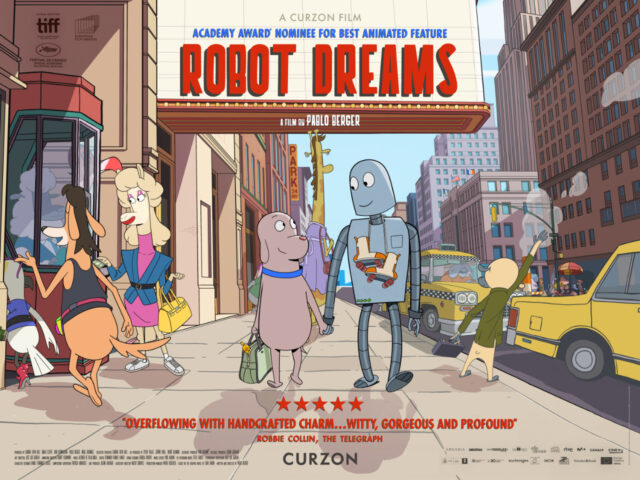
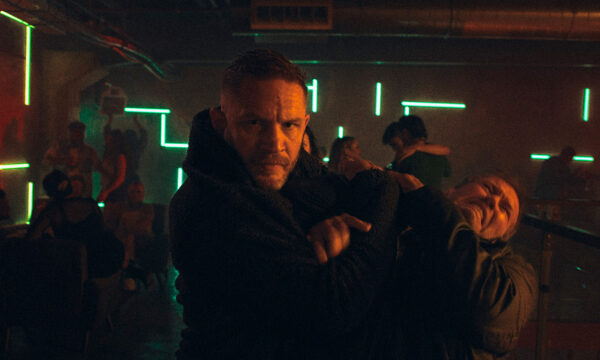
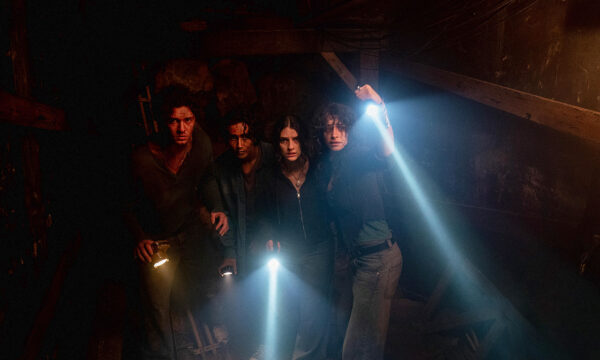
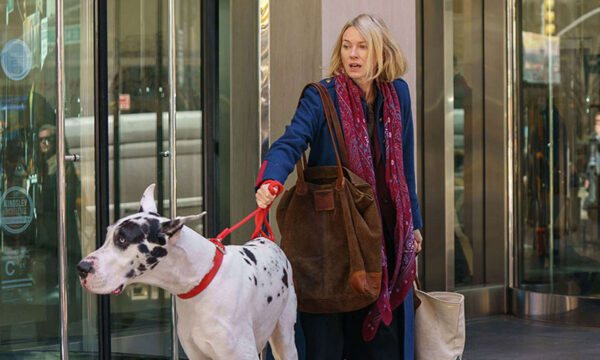
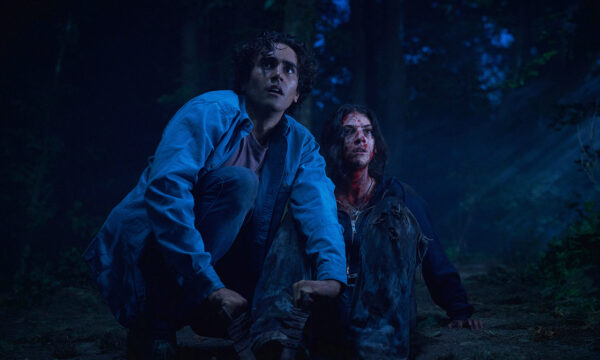
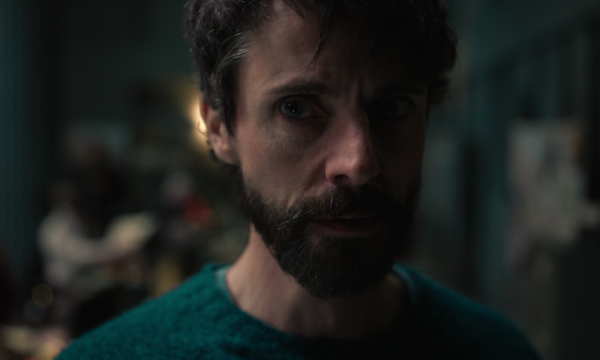
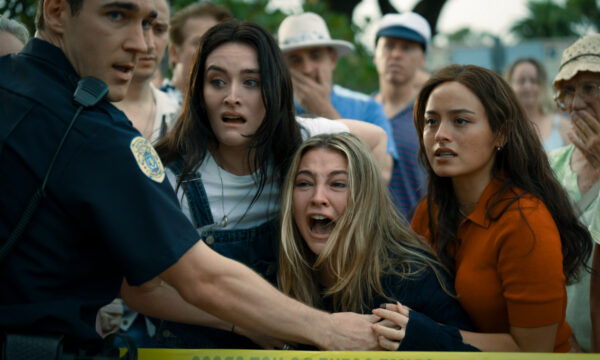
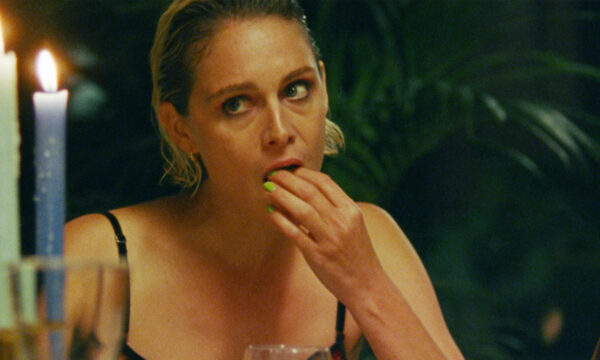
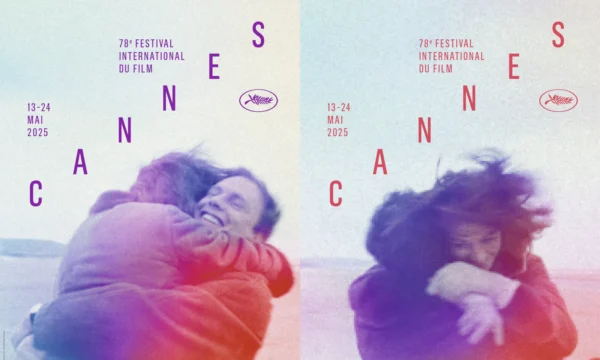
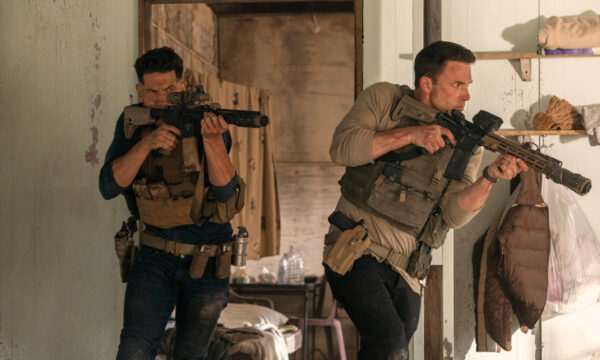















Facebook
Twitter
Instagram
YouTube
RSS